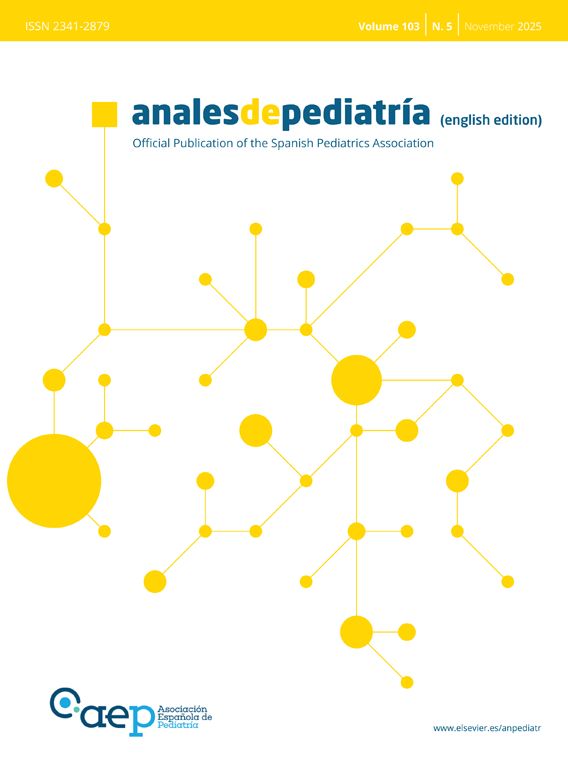was read the article
| Year/Month | Html | Total | |
|---|---|---|---|
| 2025 12 | 57 | 22 | 79 |
| 2025 11 | 95 | 49 | 144 |
| 2025 10 | 87 | 41 | 128 |
| 2025 9 | 80 | 59 | 139 |
| 2025 8 | 78 | 76 | 154 |
| 2025 7 | 60 | 30 | 90 |
| 2025 6 | 71 | 42 | 113 |
| 2025 5 | 96 | 19 | 115 |
| 2025 4 | 105 | 17 | 122 |
| 2025 3 | 79 | 31 | 110 |
| 2025 2 | 88 | 34 | 122 |
| 2025 1 | 42 | 22 | 64 |
| 2024 12 | 50 | 28 | 78 |
| 2024 11 | 48 | 38 | 86 |
| 2024 10 | 39 | 35 | 74 |
| 2024 9 | 46 | 28 | 74 |
| 2024 8 | 71 | 42 | 113 |
| 2024 7 | 39 | 20 | 59 |
| 2024 6 | 55 | 32 | 87 |
| 2024 5 | 55 | 32 | 87 |
| 2024 4 | 53 | 36 | 89 |
| 2024 3 | 43 | 25 | 68 |
| 2024 2 | 35 | 19 | 54 |
| 2024 1 | 20 | 19 | 39 |
| 2023 12 | 24 | 26 | 50 |
| 2023 11 | 41 | 23 | 64 |
| 2023 10 | 45 | 24 | 69 |
| 2023 9 | 28 | 23 | 51 |
| 2023 8 | 35 | 18 | 53 |
| 2023 7 | 27 | 23 | 50 |
| 2023 6 | 31 | 27 | 58 |
| 2023 5 | 38 | 20 | 58 |
| 2023 4 | 25 | 25 | 50 |
| 2023 3 | 52 | 18 | 70 |
| 2023 2 | 42 | 12 | 54 |
| 2023 1 | 23 | 18 | 41 |
| 2022 12 | 40 | 29 | 69 |
| 2022 11 | 53 | 33 | 86 |
| 2022 10 | 44 | 33 | 77 |
| 2022 9 | 29 | 31 | 60 |
| 2022 8 | 31 | 48 | 79 |
| 2022 7 | 32 | 48 | 80 |
| 2022 6 | 34 | 29 | 63 |
| 2022 5 | 47 | 40 | 87 |
| 2022 4 | 45 | 42 | 87 |
| 2022 3 | 49 | 57 | 106 |
| 2022 2 | 39 | 23 | 62 |
| 2022 1 | 33 | 40 | 73 |
| 2021 12 | 23 | 28 | 51 |
| 2021 11 | 32 | 48 | 80 |
| 2021 10 | 42 | 59 | 101 |
| 2021 9 | 27 | 37 | 64 |
| 2021 8 | 29 | 35 | 64 |
| 2021 7 | 27 | 36 | 63 |
| 2021 6 | 33 | 35 | 68 |
| 2021 5 | 35 | 35 | 70 |
| 2021 4 | 85 | 64 | 149 |
| 2021 3 | 48 | 20 | 68 |
| 2021 2 | 35 | 21 | 56 |
| 2021 1 | 37 | 18 | 55 |
| 2020 12 | 28 | 12 | 40 |
| 2020 11 | 20 | 25 | 45 |
| 2020 10 | 33 | 11 | 44 |
| 2020 9 | 35 | 11 | 46 |
| 2020 8 | 31 | 17 | 48 |
| 2020 7 | 32 | 18 | 50 |
| 2020 6 | 44 | 20 | 64 |
| 2020 5 | 45 | 21 | 66 |
| 2020 4 | 25 | 18 | 43 |
| 2020 3 | 30 | 27 | 57 |
| 2020 2 | 33 | 30 | 63 |
| 2020 1 | 33 | 27 | 60 |
| 2019 12 | 45 | 27 | 72 |
| 2019 11 | 21 | 21 | 42 |
| 2019 10 | 28 | 21 | 49 |
| 2019 9 | 28 | 23 | 51 |
| 2019 8 | 36 | 24 | 60 |
| 2019 7 | 47 | 44 | 91 |
| 2019 6 | 24 | 37 | 61 |
| 2019 5 | 39 | 26 | 65 |
| 2019 4 | 76 | 34 | 110 |
| 2019 3 | 48 | 36 | 84 |
| 2019 2 | 41 | 25 | 66 |
| 2019 1 | 37 | 25 | 62 |
| 2018 12 | 48 | 42 | 90 |
| 2018 11 | 70 | 28 | 98 |
| 2018 10 | 105 | 36 | 141 |
| 2018 9 | 55 | 15 | 70 |
| 2018 8 | 1 | 0 | 1 |
| 2018 7 | 2 | 0 | 2 |
| 2018 6 | 6 | 0 | 6 |
| 2018 5 | 19 | 0 | 19 |
| 2018 4 | 42 | 0 | 42 |
| 2018 3 | 40 | 0 | 40 |
| 2018 2 | 15 | 0 | 15 |
| 2018 1 | 16 | 0 | 16 |
| 2017 12 | 8 | 0 | 8 |
| 2017 11 | 16 | 0 | 16 |
| 2017 10 | 18 | 0 | 18 |
| 2017 9 | 18 | 0 | 18 |
| 2017 8 | 14 | 0 | 14 |
| 2017 7 | 16 | 1 | 17 |
| 2017 6 | 34 | 15 | 49 |
| 2017 5 | 30 | 9 | 39 |
| 2017 4 | 60 | 46 | 106 |
| 2017 3 | 20 | 4 | 24 |
| 2017 2 | 10 | 4 | 14 |
| 2017 1 | 9 | 1 | 10 |
| 2016 12 | 22 | 7 | 29 |
| 2016 11 | 33 | 3 | 36 |
| 2016 10 | 46 | 12 | 58 |
| 2016 9 | 27 | 10 | 37 |
| 2016 8 | 18 | 4 | 22 |
| 2016 7 | 14 | 9 | 23 |



